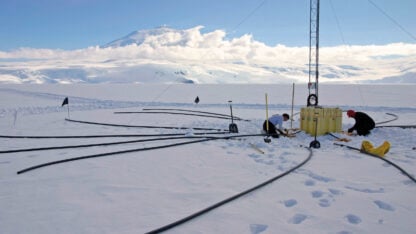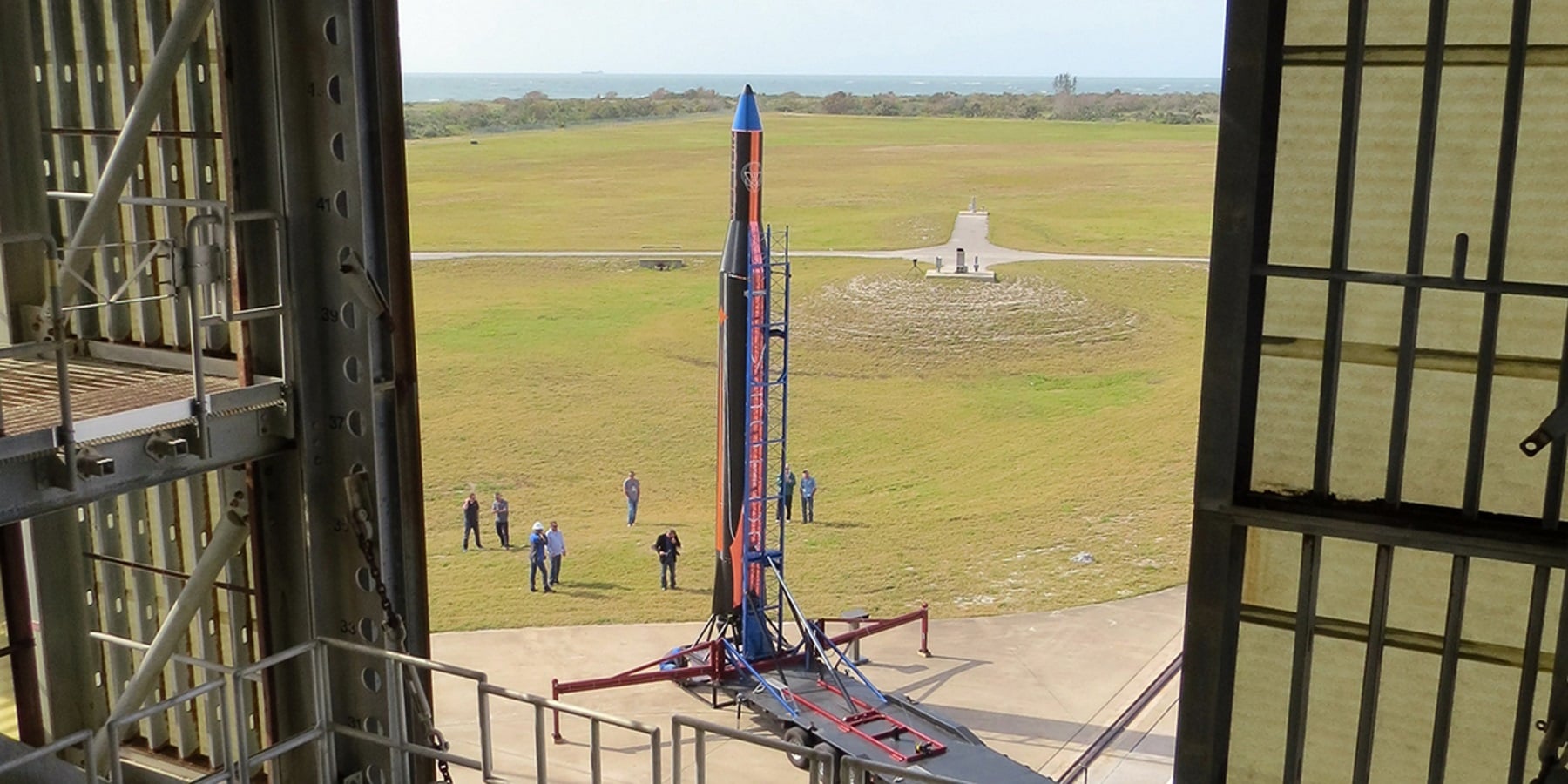Five Takeaways For The South From The National Climate Report

Sea level rise is happening now, at a rate of about three millimeters a year. That has added up to about 9 inches in the past 80 years.
Stephen B. Morton / Associated Press
The National Climate Assessment released by the federal government last week collects years’ worth of research from hundreds of experts. It looks at the effects of climate change on people, businesses and the environment. And it breaks it all down by region, so here are some takeaways from the report for the Southeast.
1. Flooding isn’t just a coastal problem.
Sea level rise is happening now, at a rate of about three millimeters a year. It sounds like a tiny bit, but it’s added up to about 9 inches in the past 80 years, and that’s a problem for coastal residents and businesses.
So why does that matter to Atlanta, which is 1,000 feet above sea level? For one, people moving away from the coast might end up here.
And sea level rise isn’t the only thing that can cause flooding. Heavy storms can, too. “Extreme rainfall events have increased in frequency and intensity in the Southeast, and there is high confidence they will continue to increase in the future,” the authors of the report write. Heavy rainfall can cause flooding, it can overwhelm sewer systems, and it can damage other infrastructure.
2. The South has bucked a warming trend, but nights are getting warmer.
While temperatures in a lot of places have gone up, the average daily maximum temperature in the Southeast hasn’t changed much since 1900. The report’s authors expect that to change, and for temperatures to climb here.
Meanwhile, nights in the Southeast are already getting warmer. The number of nights where the temperature doesn’t dip below 75 degrees has been going up since the 1970s, according to the report.
Warmer nights can be bad for some people’s health, because they need those cooler temperatures to help their bodies recover from very hot days. It’s a problem that’s especially bad in cities, “many of which have urban heat islands that already cause elevated nighttime temperatures,” the authors write.
3. Wildfires could become more common here.
Fire isn’t actually that uncommon in the South. In fact, the authors write, “the Southeast has the largest area burned by prescribed fire and the highest number of wildfires.” (The West has the highest area burned by wildfire.)
But wildfires could get more common as it gets hotter here and droughts get longer, according to the climate assessment.
Prescribed burns, also known as controlled burns, are often conducted to reduce the risk of wildfire. They could become less effective because of drought. They could also become harder to do, as more people move closer to forests and opportunities to conduct prescribed burns become scarcer. That, the authors write, “could lead to native species declines, increased wildfire occurrence, and economic and health impacts.”
4. Rural health challenges will be exacerbated by climate change. So will urban ones.
Rural healthcare is already a problem. There aren’t enough doctors. There aren’t enough hospitals. It’s expensive. “Between 2010 and 2016, more rural hospitals closed in the Southeast than any other region, with Alabama, Georgia, Mississippi, and Tennessee being among the top five states for hospital closures,” the authors write.
Climate change, according to the report, means heat-related illnesses could increase as days get hotter. So could diseases that are carried by mosquitoes, like dengue, chikungunya and Zika.
That will be hard on places that already lack access to healthcare, but it’s not just a problem for rural areas. According to the report, those mosquito-borne viruses are a bigger problem for cities, “because of higher population densities and other human factors (for example, pools of standing water in man-made structures, such as tires or buckets, are breeding grounds for some species of mosquitoes).”
Heat, as mentioned above, is also exacerbated in cities because of the heat island effect.
5. Climate change is bad for business and infrastructure.
Flooding is not good for roads, bridges, railroads, or buildings. It’s not good for water treatment or wastewater treatment facilities.
Flooding is also bad for businesses and for farms.
Also bad for agriculture? Drought, rising nighttime temperatures (many crops, including peaches, need a certain number of cooling hours a year), rising daytime temperatures (heat means a loss in labor productivity, the authors write), and wildfire.
On the upside, a warmer climate means different crops could succeed here.








